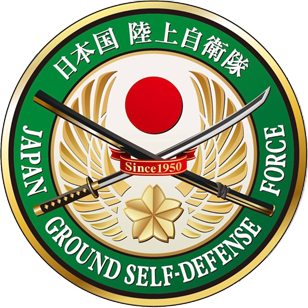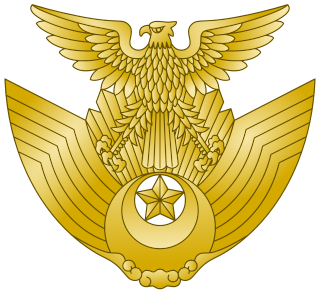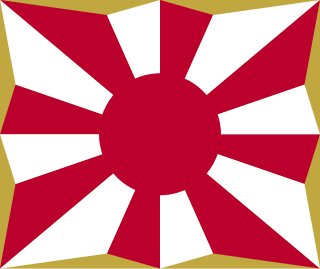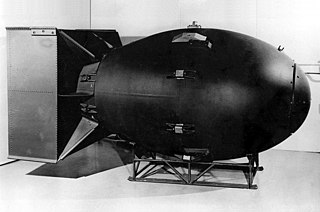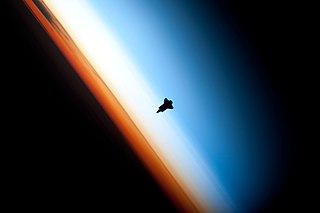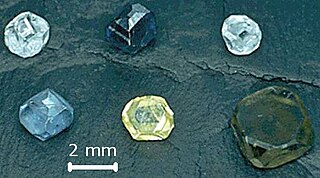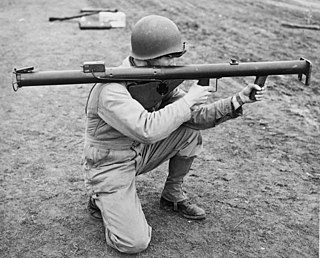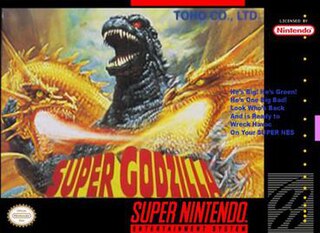
Godzilla vs. Biollante is a 1989 Japanese science fiction tokusatsu kaiju film featuring Godzilla, produced and distributed by Toho. It is the 17th film in the Godzilla franchise and the second film in the Heisei series. The film is written and directed by Kazuki Ōmori and stars Kunihiko Mitamura, Yoshiko Tanaka, Masanobu Takashima, Megumi Odaka, Toru Minegishi, Yasuko Sawaguchi, Toshiyuki Nagashima, Yoshiko Kuga, Ryunosuke Kaneda and Kōji Takahashi. The film was released in Japan on December 16, 1989 and was released direct to video in the United States in November 25, 1992 through HBO Video. The film was selected as the best Godzilla film, based on a vote by fans and judges, in July 19, 2014.

The Return of Godzilla, released in Japan as Godzilla is a 1984 Japanese kaiju film featuring Godzilla, produced and distributed by Toho. The film is directed by Koji Hashimoto, with special effects by Teruyoshi Nakano and stars Ken Tanaka, Yasuko Sawaguchi, Yosuke Natsuki, and Keiju Kobayashi, with Kenpachiro Satsuma as Godzilla.

Godzilla vs. Destoroyah is a 1995 Japanese science fiction tokusatsu kaiju film featuring Godzilla, produced and distributed by Toho. It is the 22nd installment in the Godzilla franchise and the seventh and final film in the Heisei series. The film is directed by Takao Okawara, written by Kazuki Ōmori and stars Takuro Tatsumi, Yōko Ishino, Yasufumi Hayashi, Sayaka Osawa, Megumi Odaka, Masahiro Takashima, Momoko Kochi, Akira Nakao, Shigeru Kamiyama and Saburo Shinoda. In Godzilla vs. Destoroyah, Godzilla is nearing a nuclear meltdown which threatens the Earth and to further worsen the situation, vicious creatures called Destoroyah emerge from the water and start terrorizing Japan, and the Japanese Self-Defense Force must come up with a daring plan to take down both threats.

Godzilla vs. SpaceGodzilla is a 1994 Japanese science fiction tokusatsu kaiju film featuring Godzilla, produced and distributed by Toho. The film is directed by Kensho Yamashita and is the 21st film in the Godzilla franchise and the sixth film in the Heisei series. The film was released in Japan on December 10, 1994 and was released direct-to-video in the United States in 1999 by Columbia Tristar Home Video.

Biollante is a kaiju who first appeared in Toho's 1989 film Godzilla vs. Biollante, and has since appeared in numerous licensed video games and comic books. The creature is portrayed as a genetically engineered clone of Godzilla spliced with the genes of a rose and a human. As the character was created during the end of the Cold War and a wane in the concerns over nuclear weapons represented by Godzilla, Biollante was conceived as a symbol of more contemporary controversies regarding genetic engineering. WatchMojo.com listed Biollante as #8 on their "Top 10 Godzilla Villains" list.

The Hsiung Feng III is a Taiwanese state of the art long range precision-guided supersonic missile designed to carry either a conventional warhead or a nuclear weapons warhead, biological weapons warhead or chemical weapons warhead and to strike military and civilian targets such as nuclear reactors or the Three Gorges Dam deep inside the mainland of the People's Republic of China (PRC). It is the third generation of Taiwanese technology in the Hsiung Feng series of long range missiles, with capabilities to destroy both land based targets and naval targets, all having been developed by the National Chung-Shan Institute of Science and Technology (CSIST) in Taiwan. A fourth generation improved and more advanced version of this missile is currently in development having improved survivability, stealth technology, better avionics and precision guidance systems, increased hypersonic speeds above Mach 10, a bigger warhead payload and the ability to hit targets at longer ranges, of over 1,500 Km away.

Godzilla Junior is a kaiju which first appeared in Toho's 1993 film Godzilla vs. Mechagodzilla II.

Godzilla 1985 is a 1985 Japanese-American science-fiction kaiju film co-directed by R.J. Kizer and Koji Hashimoto. The film is a heavily re-edited American adaptation of the Japanese film The Return of Godzilla produced by Toho in 1984. In addition to the film being re-cut, re-titled, and dubbed in English, Godzilla 1985 featured additional footage produced by New World Pictures.

M.O.G.U.E.R.A. is a mecha who first appeared in Toho's 1957 film The Mysterians. The name is derived from mogura the Japanese word for mole.
Shōgo Tomiyama is a Japanese writer and producer.
Koichi Kawakita (川北紘一) was a Japanese Special Effects Director and Actor.

The military equipment of Israel includes a wide array of arms, armored vehicles, artillery, missiles, planes, helicopters, and warships. Many of these are purchased overseas and many are indigenous designs. Until the Six-Day War of 1967, the Israel Defense Forces' principal supplier was France; since then, it has been the United States government and defense companies. In the early 21st century, Israeli companies such as Soltam Systems began selling arms to the United States. Much of the military equipment undergoes improvements in Israeli workshops. In addition to weapons purchased overseas and indigenous products, Israel also operates and maintains large stockpiles of Soviet-made equipment captured from Arab armies over the course of the Arab–Israeli conflict.

Miki Saegusa, played by Megumi Odaka, is a recurring fictional character from the Heisei (1984-1995) series of Godzilla films. She is a psychic who uses her powers to communicate with and, in some instances, control the mutant dinosaur Godzilla, and is credited for being the most frequently recurring human character in any kaiju series.
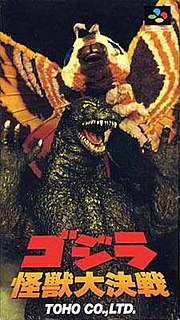
Godzilla: Kaijuu Daikessen is a two-dimensional fighting game for the Super Famicom, released in 1994. The game was developed by Alfa System and published by Toho. It was the sequel to Godzilla: Battle Legends, and the second Godzilla game released for the Super Famicom platform, the other being Super Godzilla.

Godzilla Generations is an action video game for the Sega Dreamcast, developed by General Entertainment and published by Sega. It was released on November 27, 1998 as one of the four launch titles available for the Dreamcast in Japan, and would remain exclusive to that territory. The game, based on the popular Godzilla franchise, has players assuming the role of various giant monsters in an attempt to destroy real-life Japanese cities.
Godzilla is a musical theme written for the film Godzilla. Originally intended to be associated with the Japanese Self Defense Forces featured in the film, it became the official theme song for the monster character Godzilla and the entire franchise. Despite the track being titled as "Main Title" on the Godzilla soundtrack, fans and Toho executives know the track as the Main Godzilla Theme or the Godzilla song. The song first appeared on the original Godzilla film and in later sequels was replaced by a new theme titled the Godzilla March. The Godzilla was re-used for the first time in Terror of Mechagodzilla, the last Godzilla film of the Showa era.

Destoroyah is a kaiju who first appeared in Toho's 1995 film Godzilla vs. Destoroyah.

Godzilla is a 2014 video game developed by Natsume and published by Bandai Namco Games for the PlayStation 3 and PlayStation 4 based on the Japanese monster Godzilla franchise by Toho. It was first released on December 18, 2014 in Japan only for the PlayStation 3. It was released on July 14, 2015 in North America and on July 17, 2015 in Europe. The Western PlayStation 4 version is based on the upgraded Japanese release called Godzilla VS, released on July 14, 2015, containing more content such as additional monsters.



